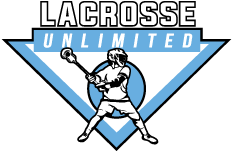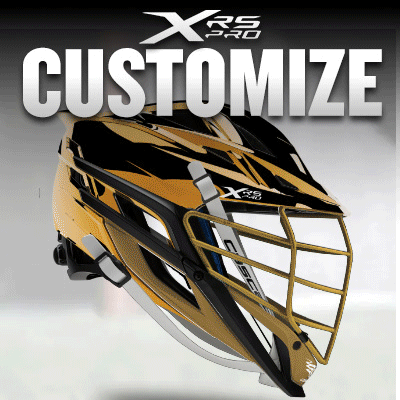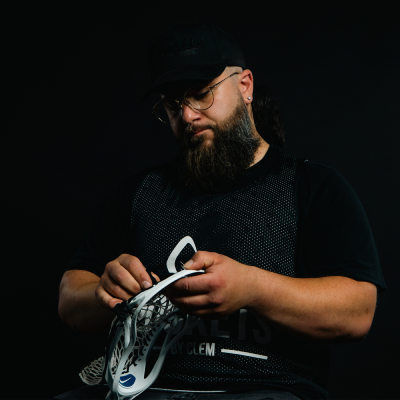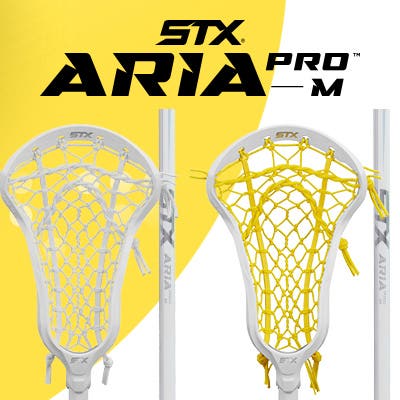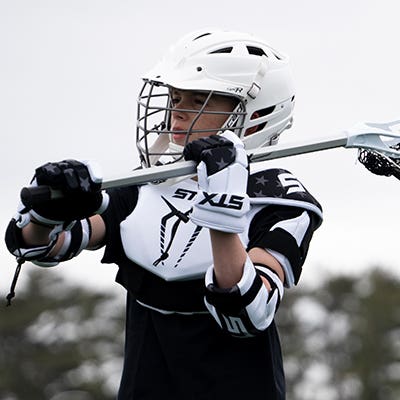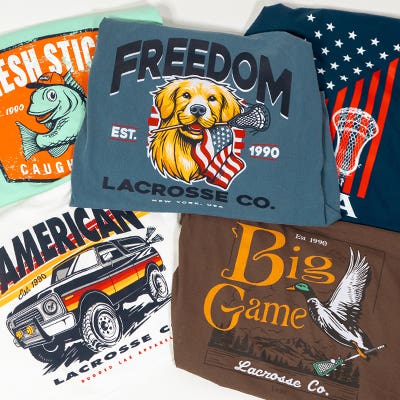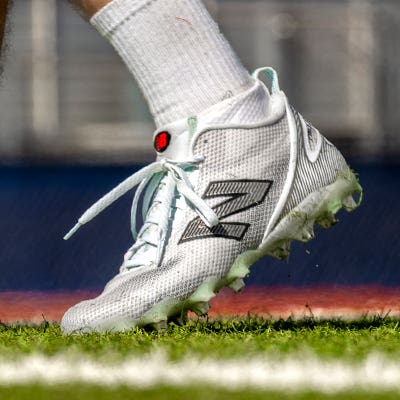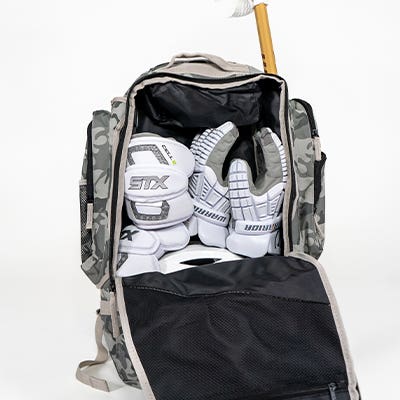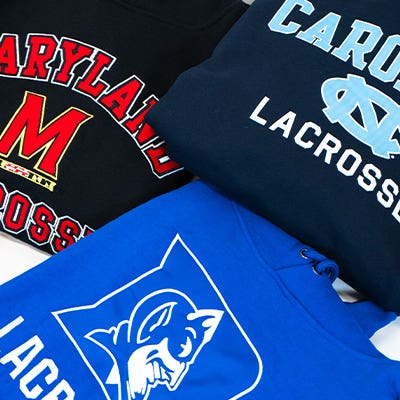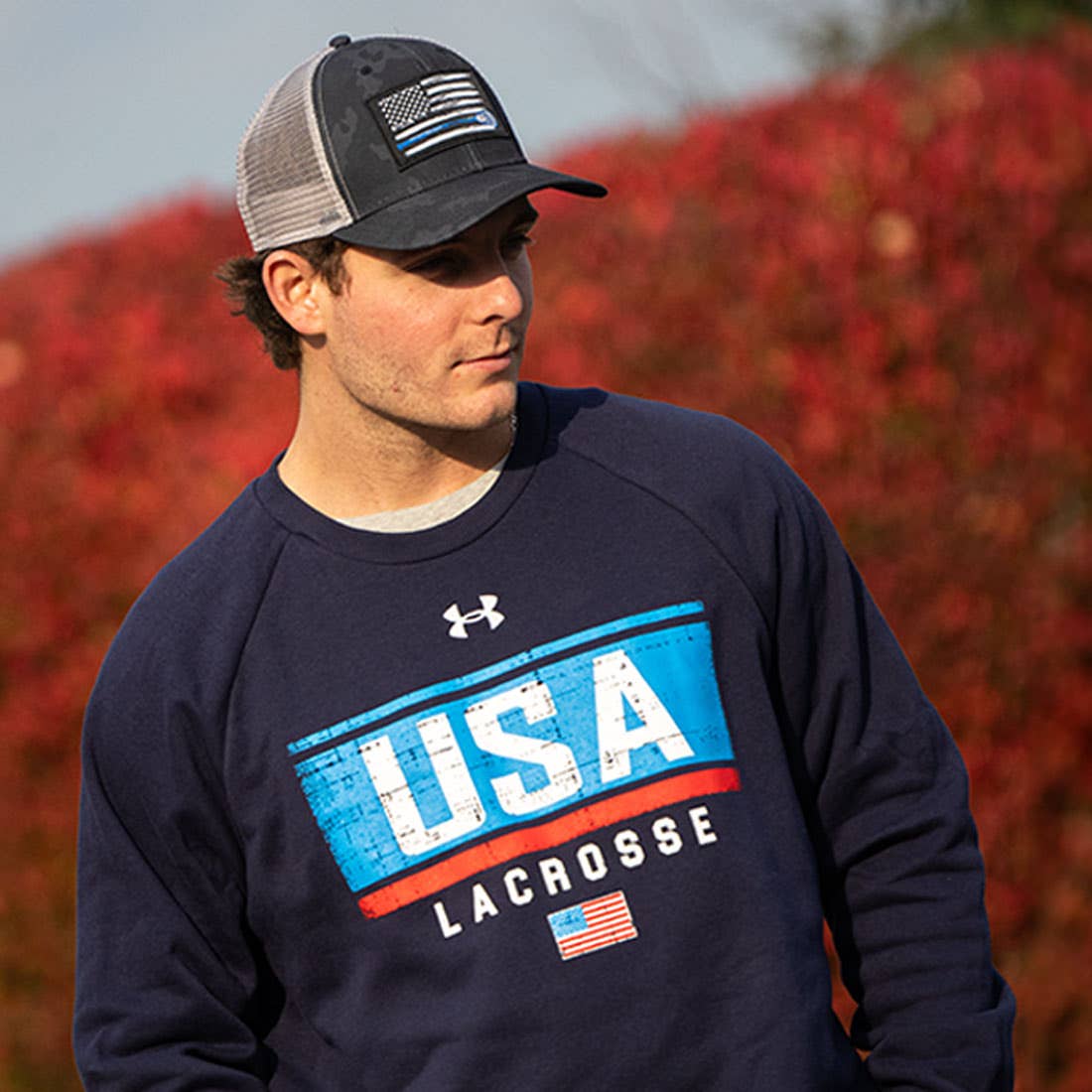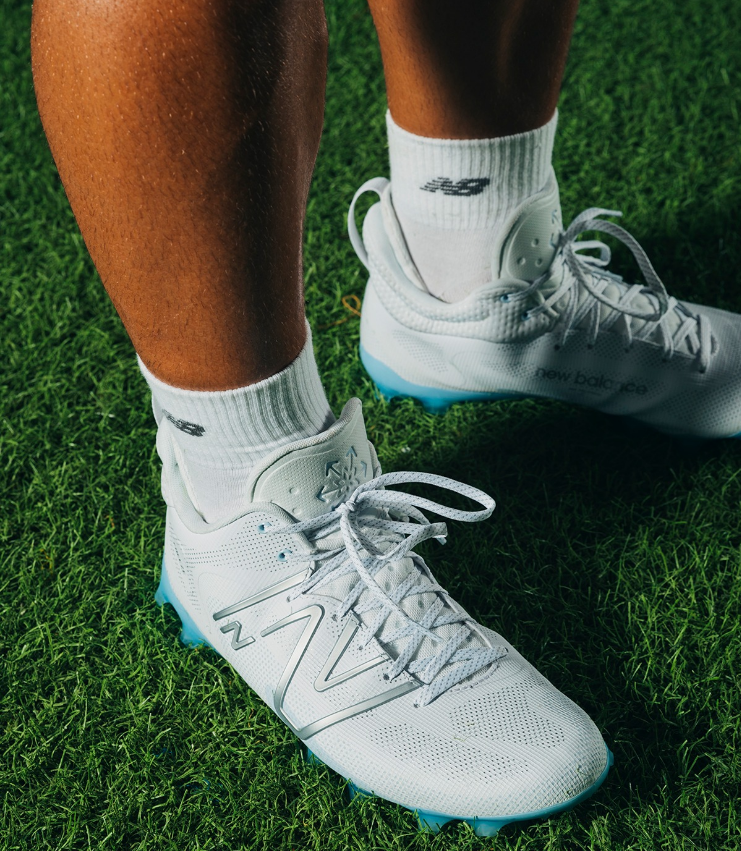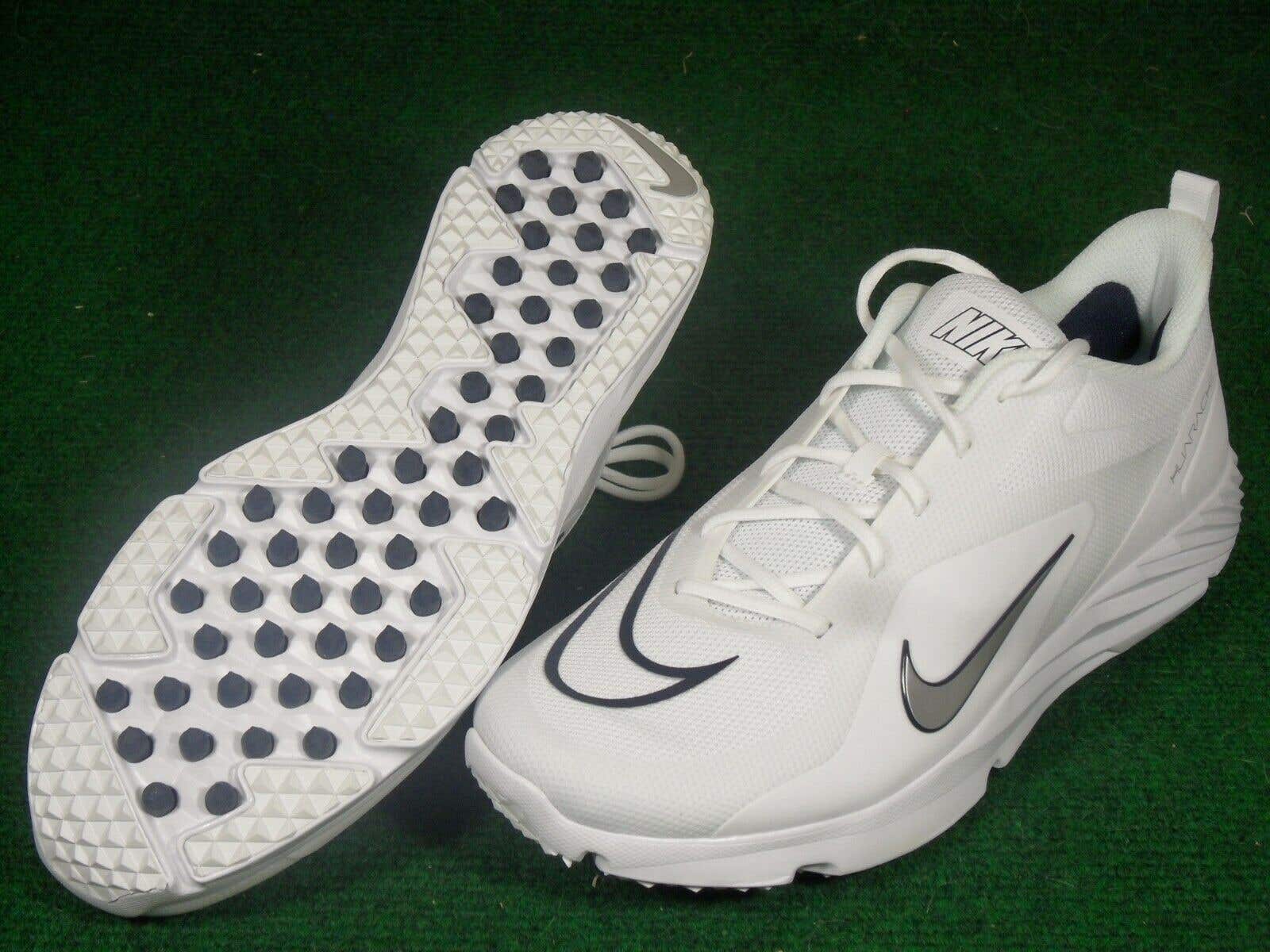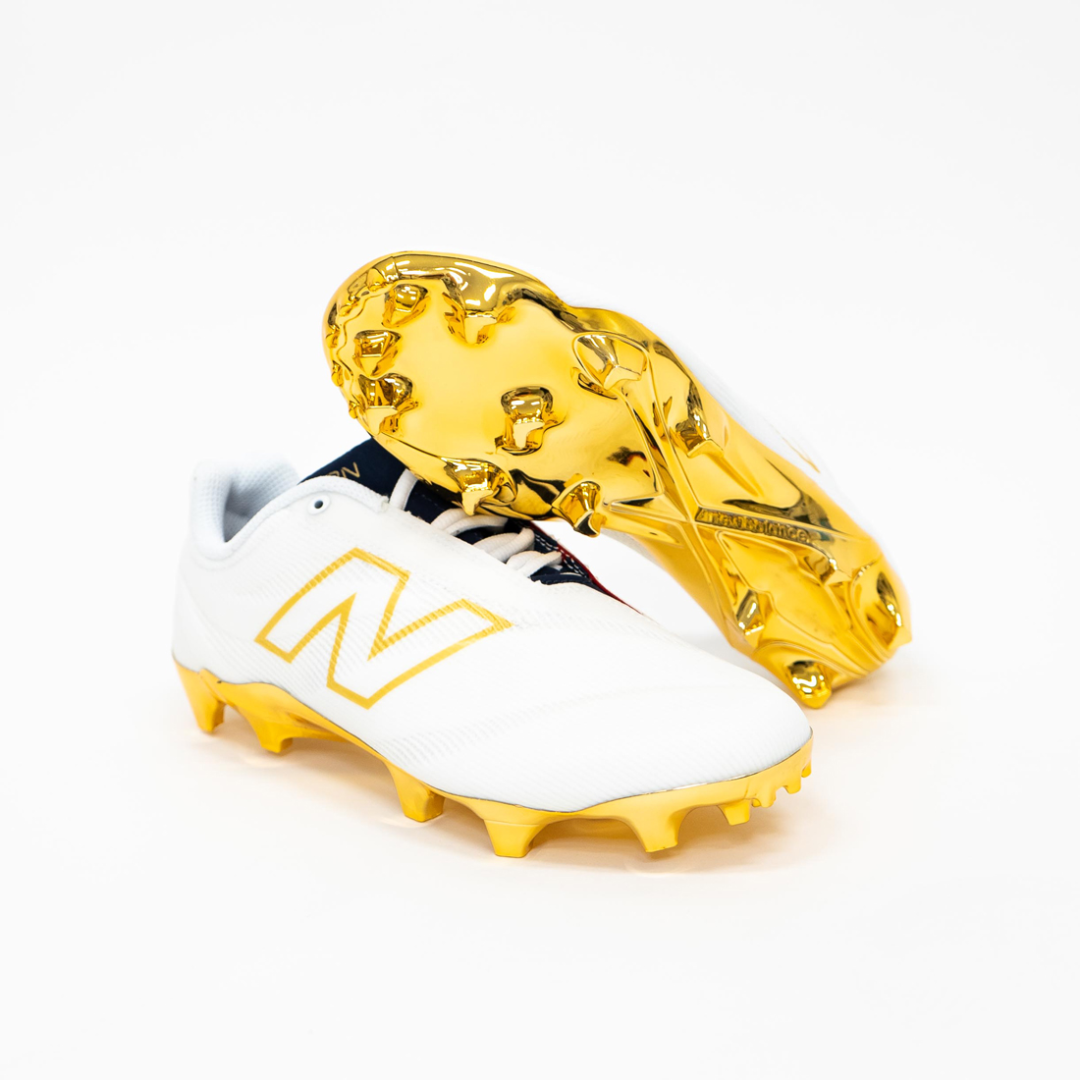
You might be thinking, why in the world would I buy turf cleats when regular cleats work just fine on turf? What’s the point? And we get it, you don’t want to waste money. But luckily, we’re here to tell you why having a pair of grass and turf cleats is absolutely essential for any athlete in regards to both performance and safety, and why a pair of turf cleats will be worth every penny.
The Sole
Now this is the obvious, but in order to understand the benefits of each shoe, you have to understand the fundamental difference. Structurally, the main difference between a cleat and turf shoe is the bottom sole. A cleat has long, sometimes metal studs to really dig into the surface in order to provide grip and traction. A turf shoe on the other hand, has a rubber sole with smaller studs or nubs that provide a specific amount of traction optimized for artificial grounds such as turf. The difference is pretty drastic to the eye, and the performance is as well. Let us explain why:
Grip and Traction:
The cleat is built to provide maximum grip and traction. This helps with digging into the ground and stabilizing your cuts as well as counteracting wet conditions. The cleat is a much more sturdy option in the natural elements. On turf however, a cleat almost provides too much traction. The artificial surface already provides much more traction than a natural field, and the cleat therefore slows you down because it is not efficient at “coming away from” the turf like a natural grass field. The smaller, rubber nubs on a turf shoe are designed to offset the increased traction, and optimize your speed on the synthetic surface. Performance isn’t the only difference between the two, and there is a level of safety that needs to be noted as well.
Safety:
As turf fields become more popular, we’re seeing injuries skyrocket. A lot of this has to do with the fact that normal cleats are still being used by the majority of athletes on turf fields. Since there is increased traction and grip on an artificial field, and a cleat is built to maximize traction and grip, your leg is almost completely anchored in position when your stride supports your full body weight. In this moment, if your leg were to be impacted – which is pretty common in contact sports – it can bend in an unnatural way since the cleat cannot rip-away or slide-off of the surface. This results in ligament, muscular and sometimes severe bone damage, and can sideline an athlete for extended periods of time. The turf shoe does not grip the foot as severely, and allows an increased chance for the leg to slide out of dangerous positions if impacted in an awkward way.
Look, it’s up to you. You are perfectly capable of using either or on every surface. However, if you want to be sure to always be equipped to perform at your highest potential while being able to protect your body, we highly recommend having a pair of turf shoes for artificial surfaces and a pair of cleats for natural grass.
